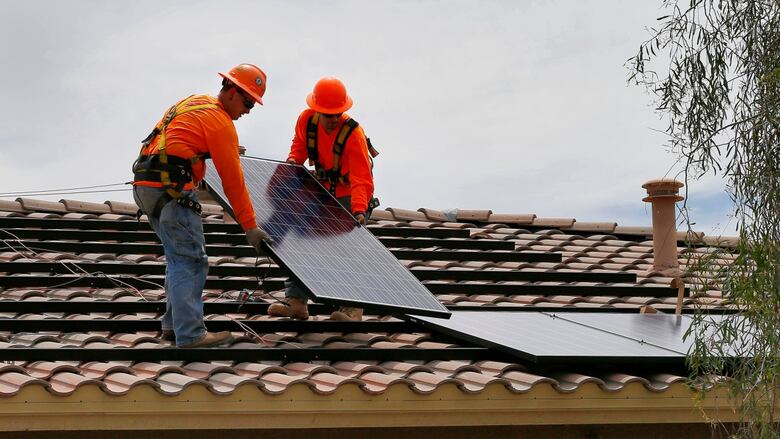A secure roof is essential for safety, energy efficiency, and comfort—but roof repair or replacement can cost thousands of dollars. For many homeowners, especially low-income families, seniors, or people living in older homes, this expense can be overwhelming. Fortunately, various roof grants and assistance programs exist across the U.S. to ease the burden.

What Is a Roof Grant?
A roof grant is a form of financial assistance provided by federal, state, or local agencies to help homeowners cover the costs of repairing or replacing their roofs. Unlike loans, grants do not need to be repaid. They are usually targeted toward people in need—such as the elderly, disabled, veterans, or low-income families.
Grants can either be direct (free money) or part of a program that includes loans with low or no interest and sometimes partial forgiveness.
Who Qualifies for Roof Grants?
Eligibility varies by program, but common requirements include:
- Low or fixed income
- Owner-occupied homes (not rentals or investment properties)
- The home is in serious need of roof repair due to age or damage
- The applicant is a senior, disabled, or a veteran
- The home is located in a rural area or certain eligible zip codes
Some programs are national, while others depend on your state, city, or county. Rural homeowners often have more access to funding through USDA programs.
Common Roof Grant Programs in the U.S.
Here are some key programs that offer roofing assistance:
1. USDA Single Family Housing Repair Loans & Grants (Section 504)
- Designed for rural homeowners
- Up to $10,000 in grants for seniors aged 62 and older
- Can be combined with a $40,000 low-interest loan
- Must meet income and location requirements
2. HUD Home Improvement Programs
- HUD doesn’t give grants directly but funds local programs
- Includes Community Development Block Grants (CDBG) and HOME Program
- Funding may be used for essential home repairs, including roofing
- Apply through local public housing agencies or city housing departments
3. Weatherization Assistance Program (WAP)
- Helps improve home energy efficiency
- In some cases, roof repairs are covered if needed to install insulation or other upgrades
4. Nonprofits and Local Charities
- Organizations like Habitat for Humanity, Rebuilding Together, and local church groups often help eligible homeowners with roof repairs
- Check with your local United Way or county office for referrals
How to Apply for a Roof Grant
The application process varies, but here are general steps:
- Research local programs – Start with your county or city housing department
- Check eligibility – Most programs require proof of income, homeownership, and the condition of your roof
- Prepare documentation – This may include tax returns, proof of residency, photos of damage, and estimates from contractors
- Apply through the right agency – Whether it’s a local housing authority, nonprofit, or federal portal
- Wait for approval – It may take weeks or months depending on the program and demand
Tip: Some programs have limited funding and work on a first-come, first-served basis. Apply as early as possible.
What If You Don’t Qualify for a Grant?
If you don’t meet the criteria for a full grant, you still have options:
- Low-interest home improvement loans from HUD or local agencies
- PACE financing in some states (property-assessed clean energy programs)
- State-funded repair assistance programs (many states have their own)
Conclusion
If your roof is leaking, damaged, or at the end of its life, don’t assume you have to cover the cost alone. Roof grants and assistance programs are available to help protect your home—and your peace of mind. Whether you live in a rural town or a big city, there may be free money or low-cost help just a few clicks away.
Start by contacting your local housing department or USDA office to learn what roof grants you might be eligible for today.
